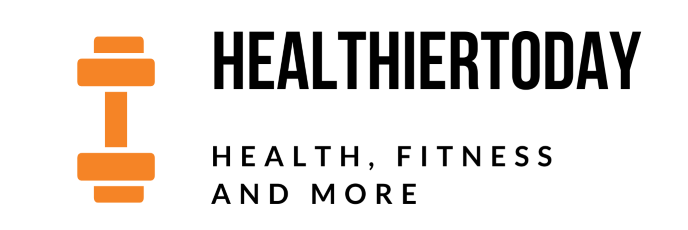5 Muscle Building Myths
by Brad Martinson
If you have been training, here’s a short list of bodybuilding fiction.
1.12 Rep rule
The typical weight training program features twelve reps, the conventional wisdom is that this somehow the best number of reps for gaining muscle. In reality, following this rule does not provide your muscles enough tension to grow as well as they potentially could.
Heavier weights provide the maximum gains in strength and muscle mass. Longer tension means more muscle growth. This is because it promotes the strengthening of the muscle fibers (which also increases endurance).
Eight to twelve repetitions fails to create the greater tension levels that less reps with heavier weights can, or the longer tension that you’ll get with light weights and more reps. To stimulate all types of muscle growth, vary your regimen – the number of reps and that this your weights.
2. Three Set rule
While three sets is perfectly fine, it is also not a magic number for weight training. The number of sets to do should have more to do with what you hope to accomplish, and not an old rule which may or may not work for you. Just keep in mind that the more reps you do in a set, the fewer sets. The converse is also true; the total number of reps should remain equal.
3. Three to four exercises per group
There is no particularly good reason for this rule. It’s a far better thing to have more reps of one exercise than to do many different exercises per group. Stay focused; Try doing more reps, maybe thirty to fifty, broken up into sets (say 3 sets of 10, 2 of 20; you get the idea).
4. My knees, my toes
Sort of an old saw of the gym world, it is far more likely that injuries are caused by leaning forward too far. However, research by Memphis university has found that stress on the knees is increased by about a third when the knees move past the toes during squat exercises. At the same time, stress on the hips increases by ten times when the knee is kept from moving forward.
Squatters are shifting the strain to their lower backs, which is actually far worse than letting their knees pass that “no-go” line of the toes.
Focus on your upper body position and less on the knee. Keep the torso in an upright position as much as possible when doing squats and lunges. These reduces the stress generated on the hips and back. To stay upright, before squatting, squeeze the shoulder blades together and hold them in that position; and then as you squat, keep the forearms 90 degree to the floor.
5. Lift weights, draw abs
The most important muscle group is not necessarily the transverse abdominis. Depending on which exercise you are doing, the most important muscle group can be any group at all. Most of the time though, the body will instinctively call the appropriate muscle group onto the field to keep the spine well supported. Focusing on the wrong muscle group can actually cause injuries, not to mention keeping you from lifting as much as you otherwise could.
Would you like to know the truth about building muscles fast? Come to my website http://2gainmuscles.com and download your free muscle building book now!
